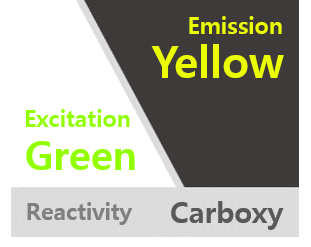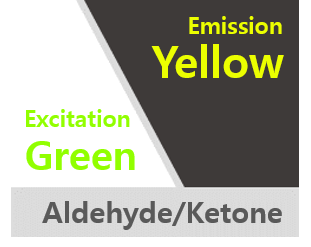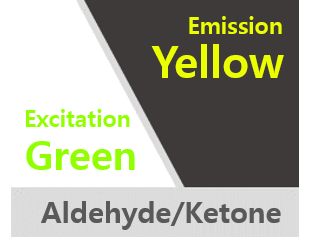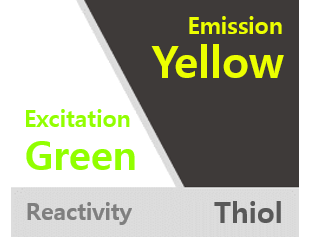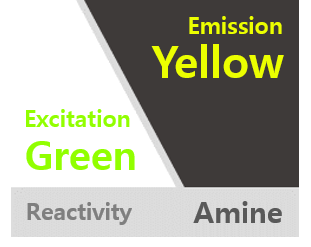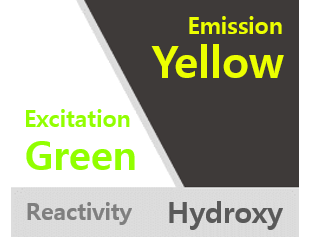
TAMRA NHS ester
| PACKING UNIT | price |
Lead time |
|---|---|---|
| 25 mg | $132.00 |
Description
TAMRA NHS ester is a reactive form of bright yellow dye that used to generate a stable fluorescence signal in bioimaging. The maxima of Ex/Em values are at 553/578 nm, similar to that of DyLight 549, ATTO 550 and Cy 3. TAMRA might be excited using 543 or 546 nm laser line and displays good optical property. NHS esters readily react with amine-modified oligonucleotides or amino groups of proteins, i.e. the ε-amino groups of lysine or the amine terminus of nucleotides to form a chemically stable amide bond between dye and the biomolecule. We offer TAMRA NHS ester for labeling of antibodies, peptides, proteins and oligonucleotide labeling and automated DNA sequencing applications.
Citation & Reference
1. Troy A. Walton. Evaluation of New Linkers and Synthetic Methods for Internal Modified Oligonucleotides. Bioconjugate Chem 13.5 (2002): 1155-1158.
2. Kenneth J. Livak. Oligonucleotides with fluorescent dyes at opposite ends provide a quenched probe system useful for detecting PCR product and nucleic acid hybridization. PCR Methods Appl 4.6 (1995): 357-62.
3. Matthew H. Lyttle. A Tetramethyl Rhodamine (Tamra) Phosphoramidite Facilitates Solid-Phase-Supported Synthesis of 5‘-Tamra DNA. J. Org. Chem 65.26 (2000): 9033-9038.
4. Ravi Vinayak. A convenient, solid-phase coupling of rhodamine dye acids to 5′ amino-oligonucleotides. Tetrahedron Letters 40.43 (1999): 7611-7613.
OPTION
Total

 log
log My
My Contact
Contact


